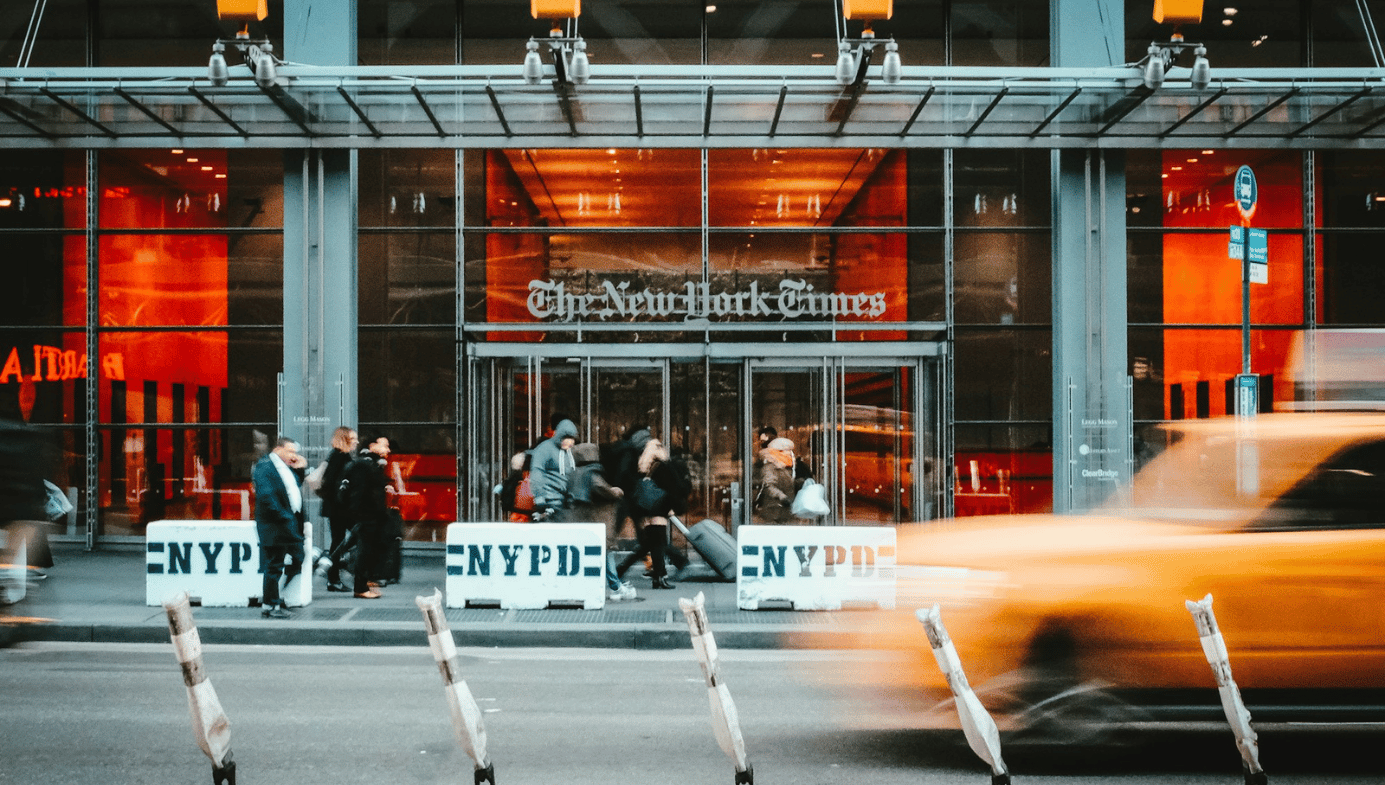Israel
The NYT Misrepresents the History of the Israeli–Palestinian Conflict
A welter of factual errors and misleading judgments has produced a distorted description of the 1948 War.

As we saw from the savage Hamas assault on southern Israel on 7 October, the Palestinians have certainly been active protagonists in their more-than-century-long battle against Zionism and Israel. But the New York Times would have it otherwise. Indeed, the underlying narrative in their magazine piece of 6 February 2024, “The Israeli-Palestinian Conflict and the Long Shadow of 1948,” is that the Palestinians have always lacked agency and have no responsibility for anything that has befallen them over the decades. This, plus a welter of factual errors and misleading judgments, has produced a seriously distorted description of the history of the first Arab–Israeli war and its origins.

The Times article consists of a lengthy “discussion” between Arab and Jewish scholars (three ostensibly from each side) and comments and clarifications (and mis-clarifications) by Emily Bazelon, the NYT staff writer who moderated the dialogue and put the piece together. Five of the six people involved can hardly be deemed experts on either the Arab–Israeli conflict or the 1948 war. Only one—Itamar Rabinovich, a former Israeli ambassador to Washington—has published works of some relevance: The Road Not Taken (1991), on the clandestine post-1948 Arab–Israeli peace talks, and The War for Lebanon (1984), on the Israel–PLO war of the early 1980s. During the discussion, the three Arab panellists—Nadim Bawalsa, an associate editor of the Journal of Palestine Studies; Leena Dallasheh, who is writing a book on Nazareth in the 1940s and ’50s; and Salim Tamari, a sociologist from Bir Zeit University in the West Bank—almost uniformly toe the PLO (or Hamas) line, which is indistinguishable from propaganda.
The drift of the Times article is that the innocent Arabs of Palestine just sat back and watched, as suffering victims, as the Zionists, Israel, and some international actors, principally Great Britain, did their worst.
This is pure nonsense.






